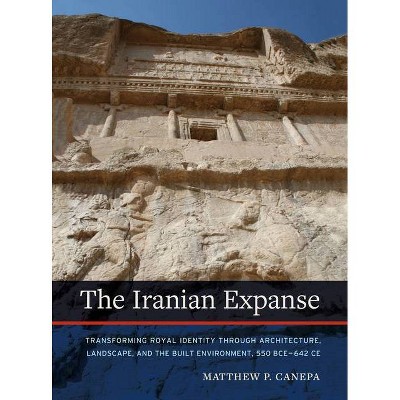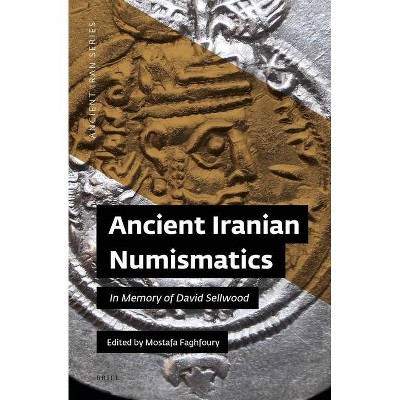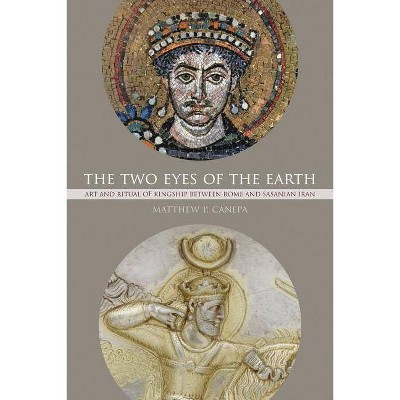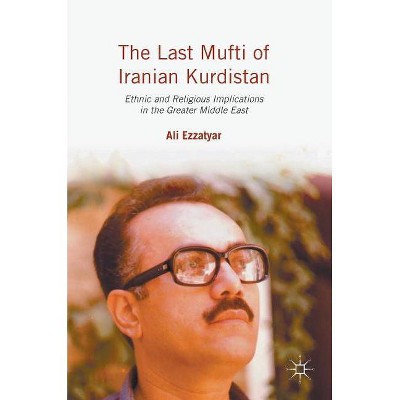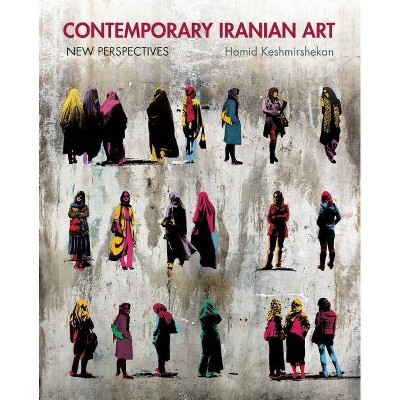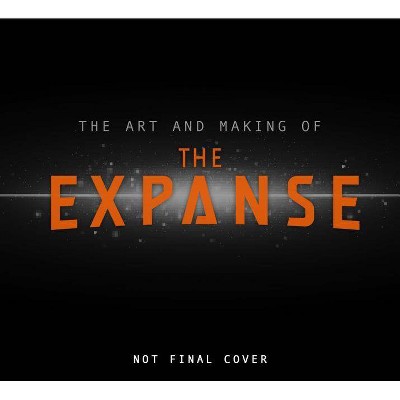The Iranian Expanse - by Matthew P Canepa (Hardcover)
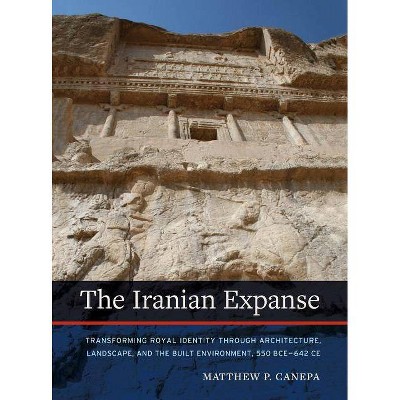
Similar Products
Products of same category from the store
AllProduct info
<p/><br></br><p><b> About the Book </b></p></br></br>"The Iranian Expanse explores how kings in the ancient Iranian world utilized the built and natural environment--everything from royal cities and paradise gardens, to hunting enclosures and fire temples--to form and contest Iranian cultural memory, royal identity, and sacred cosmologies over a thousand years of history. Although scholars have often noted startling continuities between the traditions of the Achaemenids and the art and architecture of medieval or Early Modern Islam, the tumultuous millennium between Alexander and Islam has routinely been downplayed or omitted. The Iranian Expanse delves into this fascinating period, examining royal culture and identity as something built and shaped by strategic changes to architectonic and urban spaces and the landscape of Western Asia. Canepa shows how the Seleucids, Arsacids, and Sasanians played a transformative role in developing a new Iranian royal culture that deeply influenced not only early Islam, but also the wider Persianate world of the Il-Khans, Safavids, Timurids, and Mughals."--Provided by publisher.<p/><br></br><p><b> Book Synopsis </b></p></br></br><i>The Iranian Expanse</i> explores how kings in Persia and the ancient Iranian world utilized the built and natural environment to form and contest Iranian cultural memory, royal identity, and sacred cosmologies. Investigating over a thousand years of history, from the Achaemenid period to the arrival of Islam, <i>The Iranian Expanse </i>argues that Iranian identities were built and shaped not by royal discourse alone, but by strategic changes to Western Asia's cities, sanctuaries, palaces, and landscapes. <i>The Iranian Expanse</i> critically examines the construction of a new Iranian royal identity and empire, which subsumed and subordinated all previous traditions, including those of Mesopotamia, Egypt, and Anatolia. It then delves into the startling innovations that emerged after Alexander under the Seleucids, Arsacids, Kushans, Sasanians, and the Perso-Macedonian dynasties of Anatolia and the Caucasus, a previously understudied and misunderstood period. Matthew P. Canepa elucidates the many ruptures and renovations that produced a new royal culture that deeply influenced not only early Islam, but also the wider Persianate world of the Il-Khans, Safavids, Timurids, Ottomans, and Mughals.<p/><br></br><p><b> From the Back Cover </b></p></br></br><p>"In this innovative study, Matthew Canepa shows how local dynasties of the pre-Islamic Middle East articulated their claims to legitimacy through creative engagement with the material remains and ideological legacies of earlier empires. With characteristic clarity and insight, Canepa reveals how elites in Mesopotamia, Iran, Anatolia, and the Caucasus all tapped into the visual and narrative traditions of ancient Iran to forge their own technologies of power."--Joel Walker, Lawrence J. Roseman Endowed Associate Professor of History, University of Washington, Seattle <p/> "This book is as expansive in scope as the phenomenon it explores. Never before have landscapes of power in Persia and the wider Iranian world received such exhaustive treatment. Canepa's ambitious work will take its rightful place as a definitive text in the art, archaeology, and history of ancient Iran."--Lori Khatchadourian, author of <i>Imperial Matter: Ancient Persia and the Archaeology of Empires</i></p><p/><br></br><p><b> Review Quotes </b></p></br></br><br>"[Canepa's book] continues the investigations of recent years on the construction of identity and history, as well as on the culture of remembrance, with particular emphasis on the forms of expression in architecture and building policy."-- "Plekos"<br><br>"A thoroughly comprehensive analysis of the long-term, crucial developments characterizing the self-representation of kingship and power ideology in pre-Islamic Iran and neighboring areas."-- "Iranian Studies"<br><br>"A highly original study of the manner in which the succession of rulers of Iran, from the time of the Archaemenids (50-330 BCE) to that of the Sasanians (224-651 CE), manipulated collective memory through the creation of stunning monuments at important locations of their empires. . . .Canepa enables us to see the world not with Roman eyes (as is usually the case) but with Persian eyes, looking out over the Middle East from the immense plateau of Iran."--Peter Brown, "New York Review of Books"<br><p/><br></br><p><b> About the Author </b></p></br></br><b>Matthew P. Canepa</b> holds the Elahé Omidyar Mir-Djalali Presidential Chair in Art History and Archaeology of Ancient Iran at the University of California, Irvine. Author of the award winning book, <i> The Two Eyes of the Earth: Art and Ritual of Kingship between Rome and Sasanian Iran</i>, he is an Elected Fellow of the Society of Antiquaries of London. <br>
Price History
Cheapest price in the interval: 95 on November 8, 2021
Most expensive price in the interval: 95 on December 20, 2021
Price Archive shows prices from various stores, lets you see history and find the cheapest. There is no actual sale on the website. For all support, inquiry and suggestion messagescommunication@pricearchive.us
